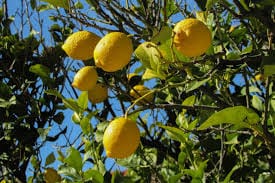Tapioca: your favourite bubble tea ingredient explained!
Bubble tea, pudding, pancakes, cakes and everything in between, here’s the low-down on everything Tapioca

You’ve probably encountered, or at least heard of, tapioca at some point in your life (at least if you’ve ever come close to having boba tea or tapioca pudding). A chewy masterpiece, sometimes simply referred to as ‘pearls’, tapioca is in fact a starch extracted from the cassava root, a plant originating from Brazil.
Consisting almost purely of carbs, it is often used in a gluten-free diet as it is naturally free of this compound. Sadly, although considered a staple food for millions living in tropical countries, it has basically no nutritional value, protein or fibre, and when in the commonly used black form, also contains brown sugar (so you should definitely make your bubble tea addiction justifications on the health benefits of tea instead!).
So, what are the uses for tapioca apart from bubble tea? Bread, flatbread, a variety of desserts, or as a thickener for soups and sauces are among the most common (who knew bubble tea and bread were so closely related?). An interesting fact is that many World War II refugees actually survived on this ingredient due to food shortages in Southeast Asia!
Tapioca is sold dried, often in the form of a white flour or flakes, rather than your typical pearls, (although this is also done), and used for baking as mentioned above.
All in all, despite being arguably the most exciting part of bubble tea, tapioca processed incorrectly from the cassava plant can lead to a compound which transforms into cyanide – but hey, what doesn’t kill you makes you stronger, right? And as a reward for getting through this article, a visit to T4 is certainly in order.








